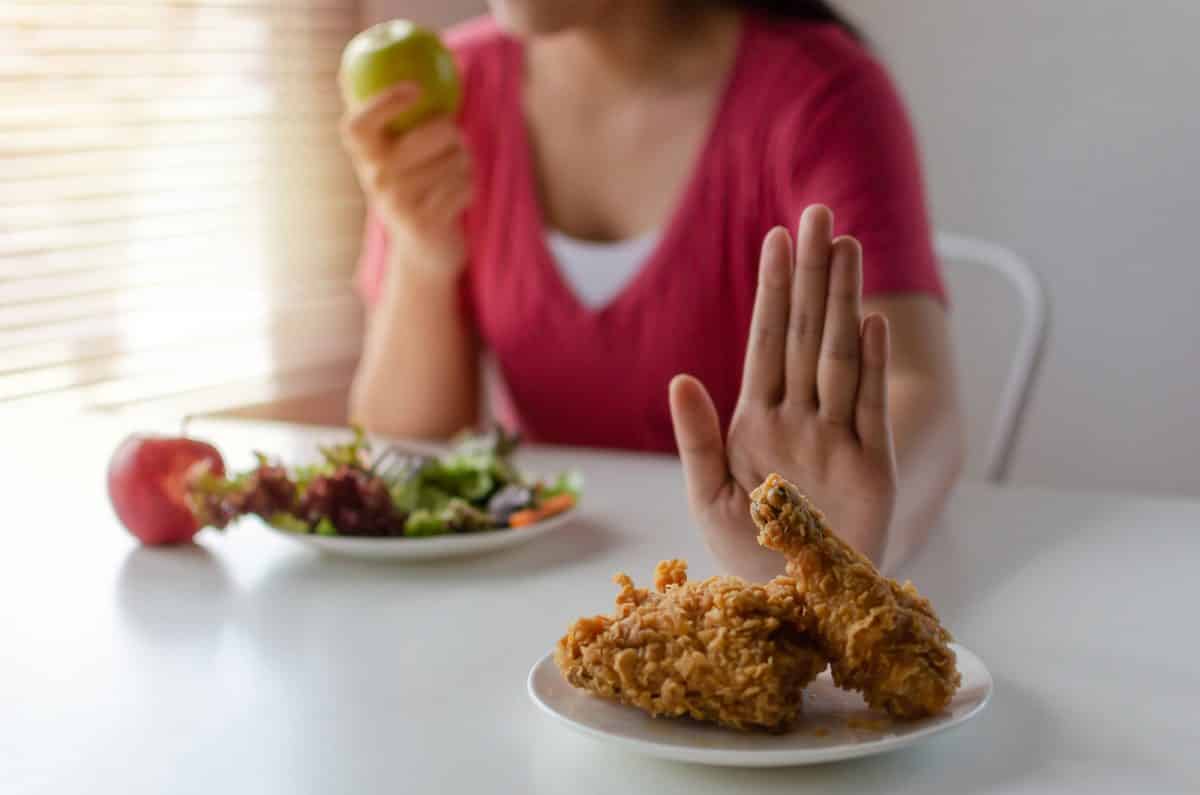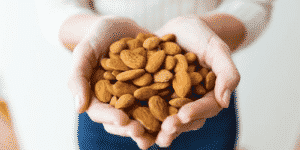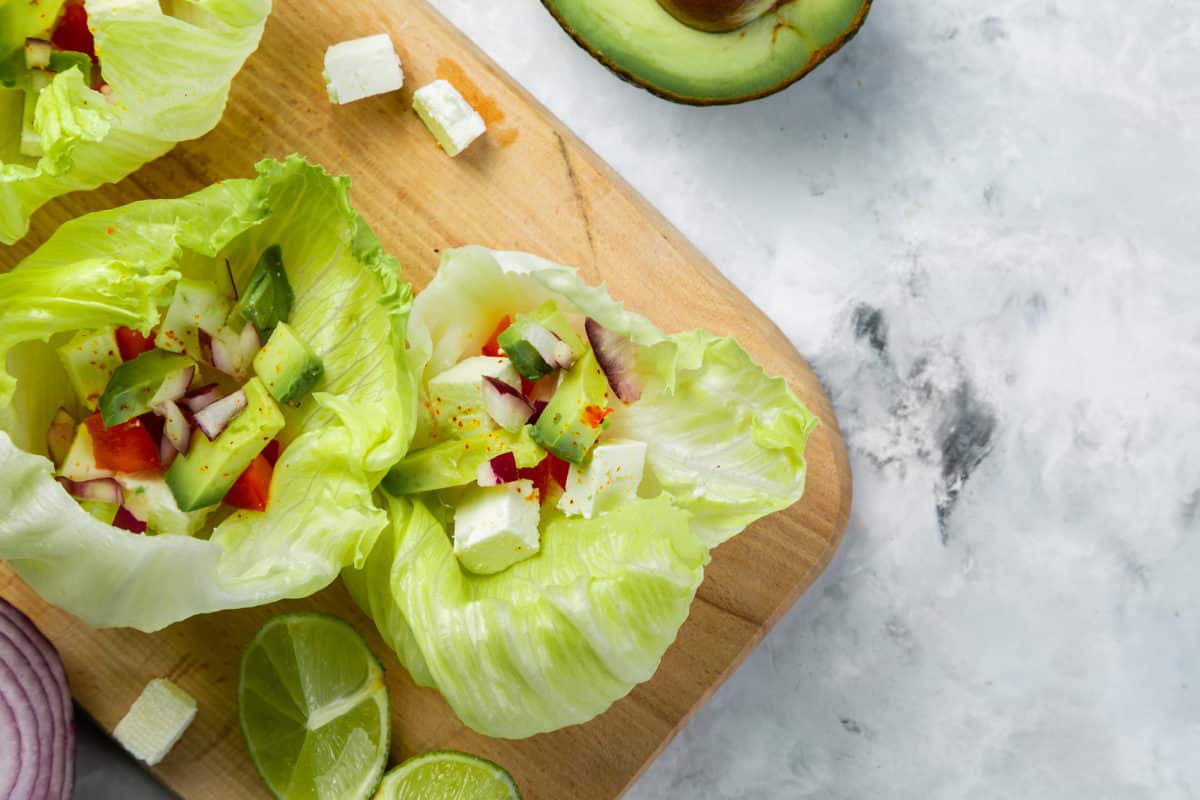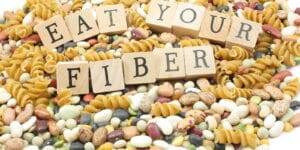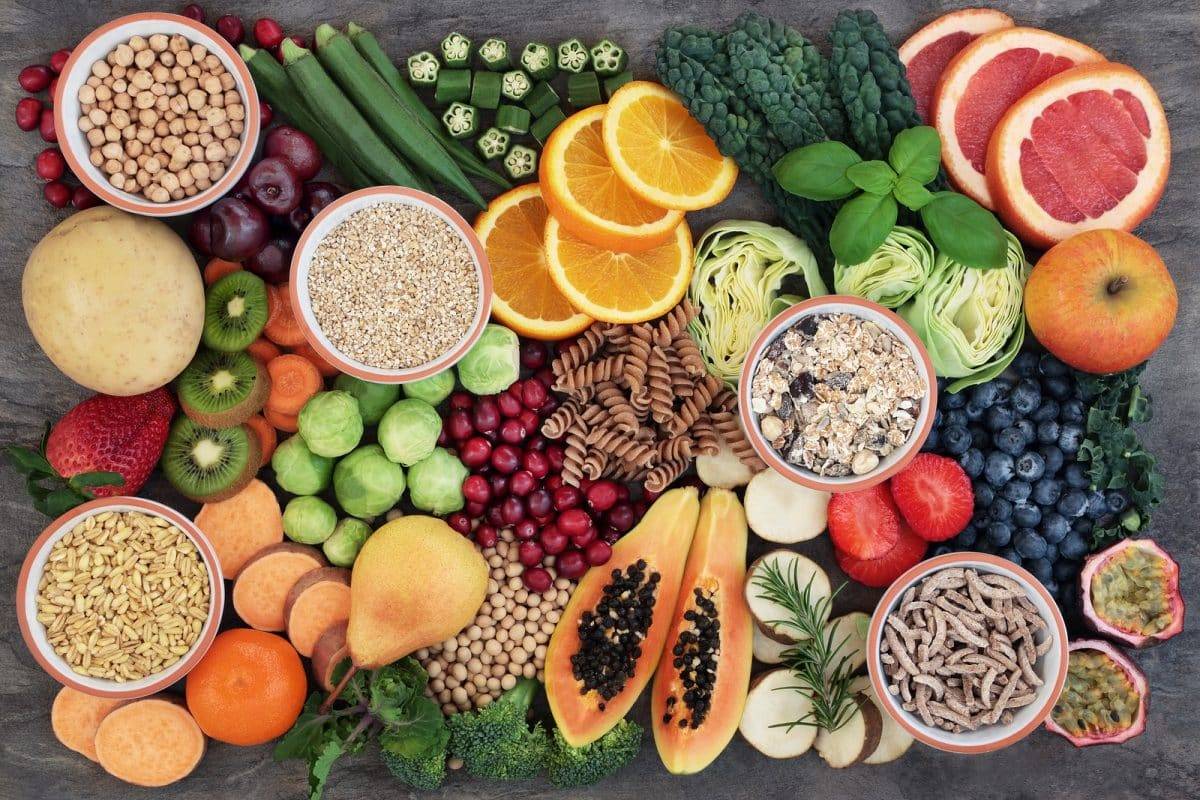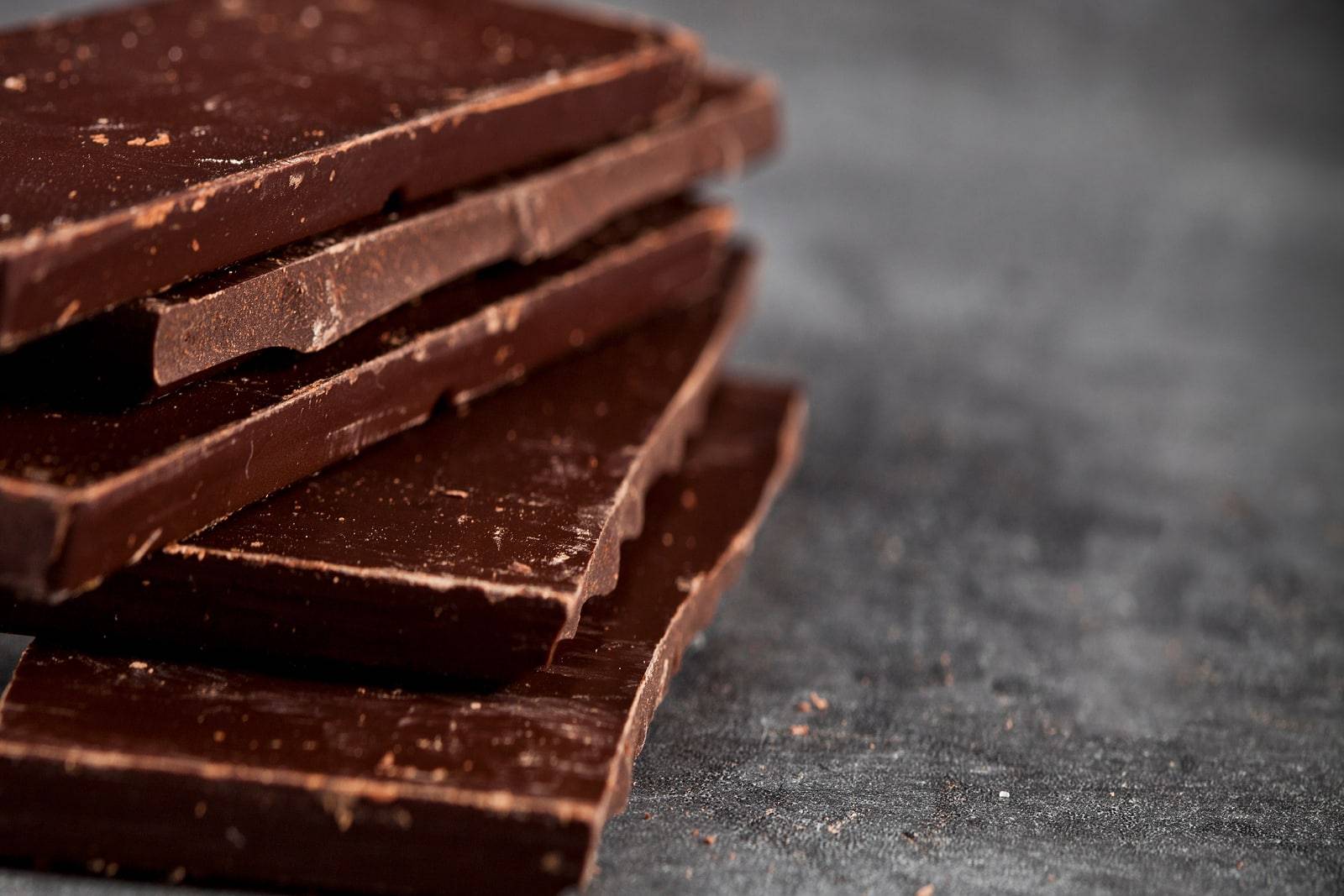Eating healthy in college.Research has long proven that well-nourished students retain information better than those who don’t maintain a proper diet. Furthermore, eating healthy food is linked to improved cognitive function, resulting in faster information processing, heightened alertness, and increased memory.
Foods rich in protein, fiber, and a right amount of high-density lipoproteins (HDL) such as Tofu, Peanut Butter, Soymilk or Almond Milk, Nuts (Cashews, Pecans, Hazelnuts, Macadamia, and Almonds), Avocados, and Flaxseed work better at maintaining satiety throughout their hectic day. Such foods also provide the human body with enough energy to stay alert and focused. A few other healthy foods that fall under this category include:
Eggs, Oatmeal, Apples, YogurtSesame, peanut, canola, and olive oils safflower and soybean oil Sardines, Trout, Herring, Mackerel, Tuna, and Salmon and their oils. These are what your body needs to stay healthy and prevent early Heart disease.
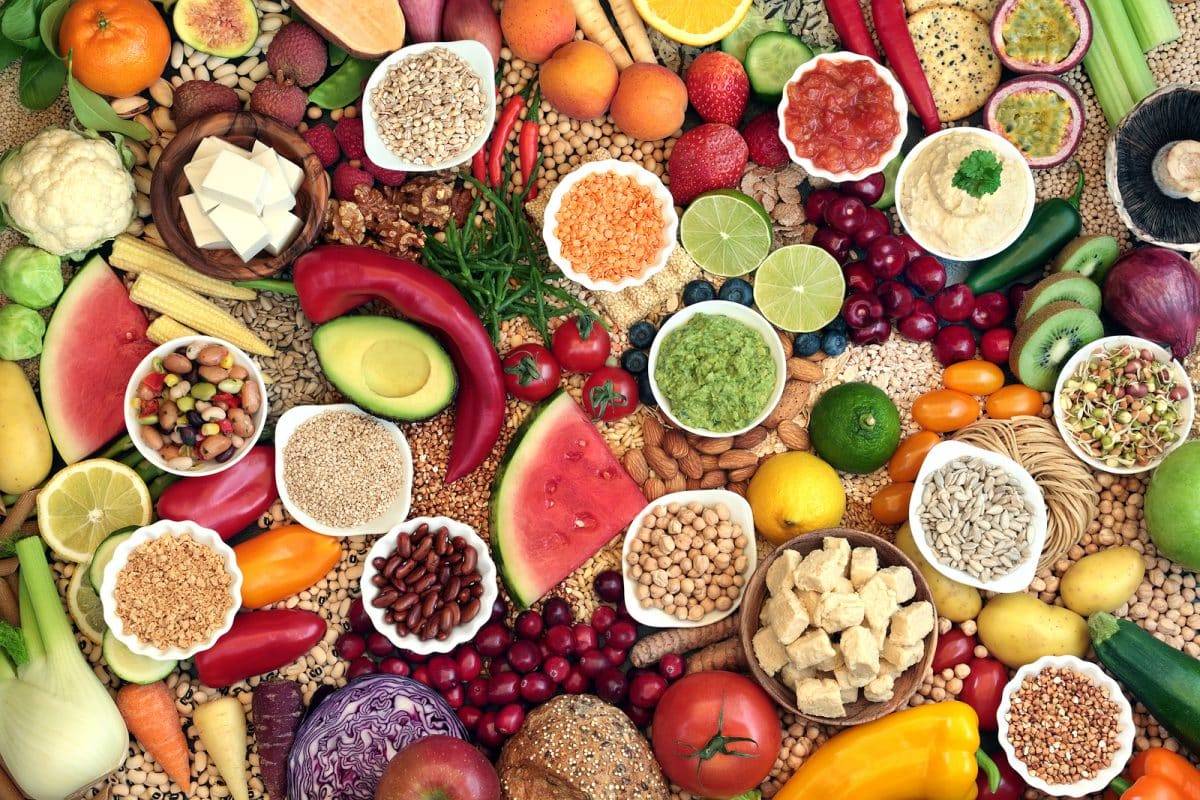
Eating Healthy In College – The Health Food Rainbow
Many nutritionists use the term “eat the rainbow” to help people remember to eat more fruits and vegetables. Natural foods like red bell peppers and blueberries contain high amounts of fiber, vitamins, antioxidants, and numerous other nutrients crucial to supporting healthier living.
A diet that includes pears, strawberries, bananas, carrots, beets, broccoli, kidney beans, split peas, sweet potatoes, and even dark chocolate promote a healthy body and brain. In addition to that, they help prevent students from suffering an iron deficiency, dental cavities, osteoporosis, as well as obesity.
Other colorful examples in the health food rainbow are orange and yellow fruits and vegetables, which contain an abundance of retinol (vitamins A) and ascorbic acid (vitamin C). Vitamins A and C lower cholesterol, strengthen joints, and support healthy eyesight, among other things.
Purple colored produce contains a lot of vitamins C and K, which are great for maintaining a healthy heart and sharp memory.
As for green fruits and vegetables like avocado, asparagus, and spinach, they are high in vitamins B, E, and K, which promote healthy bones and improve one’s digestion. The heath food rainbow offers a little bit of everything, so even the pickiest of eaters will be satisfied. Plus, we understand it’s not that easy to cook for yourself, especially if you’re living on your own or in a dorm setting.
The good news is, most of these rainbow foods are better eaten raw, as boiling or frying them can cause them to lose most if not all of their nutritional value.
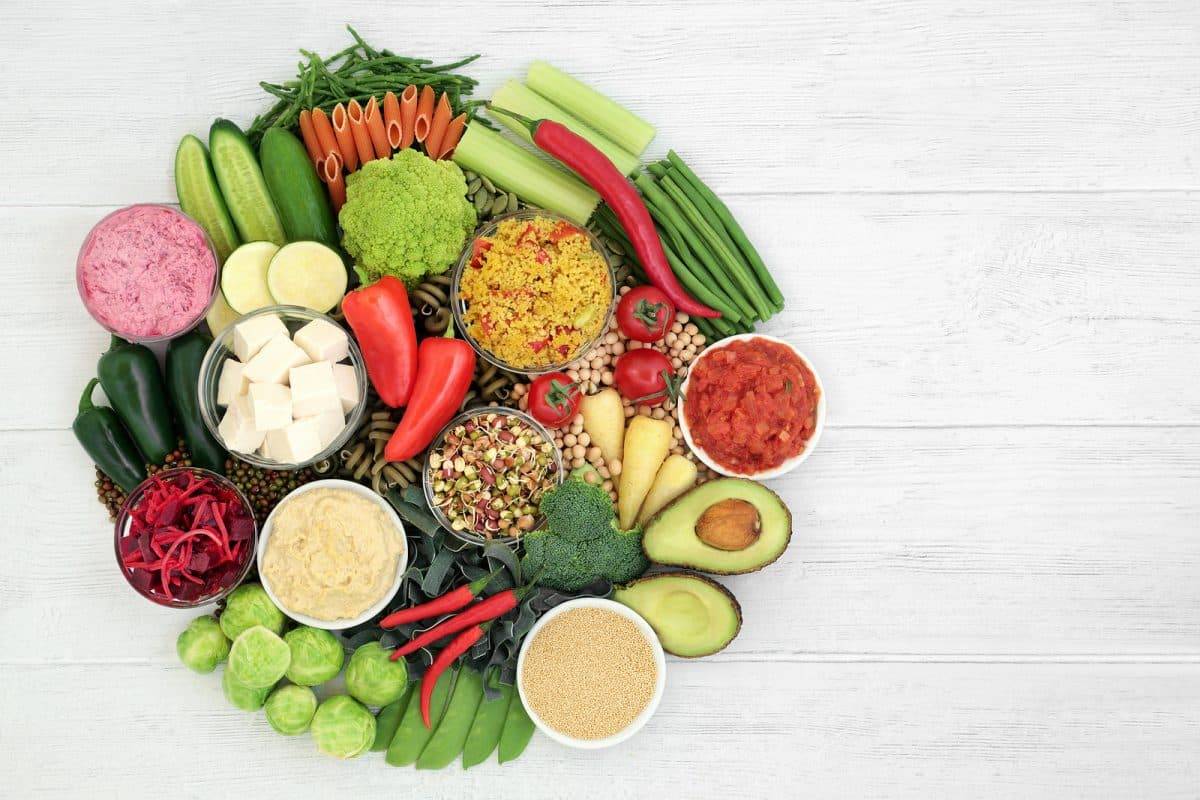
Eating Healthy In College
It’s important to remember to purchase healthy food from healthy sources. However, one of the most significant issues about eating healthy these days is that it’s not always affordable.
And if you ever wondered why it costs more to eat healthier foods, it all boils down to supply and demand. One might assume place the blame on Walter Anderson and Billy Ingram, who founded White Castle in 1921, the first example of a modern fast-food establishment.
Whatever the case might be, ready-made foods have gradually replaced the traditional home-cooked meal. Things have gotten so bad that today, roughly 90 percent of Americans say they don’t like to cook, according to a report published by CNBC. In 2011, the Huffington Post reported that a study revealed that nearly 30 percent of Americans don’t even know how to cook.
What about a college student, for that matter?
Well, the good news is, not only can you eat healthy on a budget, but you can also do it affordably. Eating healthy foods doesn’t have to be expensive nor time-consuming to prepare—this is merely a misconception. While it’s true that chic health food brands are relatively more costly than processed, prepackaged foods, plenty of other less chic yet equally healthy alternatives exist.
Non-Packaged Popcorn
You might be wondering how in the world is popcorn healthy with all of that butter and salt. Well, corn kernels don’t grow on stalks covered in salt and oozing butter. These things are added by people who want to turn a perfectly healthy snack into a heart attack waiting to happen.
As a result, food manufacturers like Orville Redenbacher started packaging most of their popcorn pre-buttered and salted to meet consumers’ demand. Most packaged popcorn brands do offer unsalted popcorn that is butter-free. However, it’s still processed.
Never fear. You won’t be forced to drive out into the country to steal some farmer’s corn, either. You can find plenty of organic popcorn brands that are quite affordable. In addition to being a cheap snack, it’s considered a wholegrain food that is full of fiber.
Soy Milk or Almond Milk and Dairy Milk
If you ever tried soy milk in the past and decided you didn’t like it, you’re not alone. Regular soy milk has a unique taste that takes getting used to, and many folks simply never do get used to it, no matter how many times they try it. Nevertheless, soy milk products had come a long way since yesteryear when mom tried to force us to drink it.
Nowadays, countless dairy milk alternatives are 100 percent dairy-free, with some of them tasting pretty close to the real thing. Furthermore, you also have several other milk alternatives, including rice milk, almond milk, coconut-based milk, cashew milk, hazelnut milk, and even hemp milk. Yet the fact is young adults under 18 should drink Cows milk. It does help build stronger bones and other benefits.
You might have to try a few of them before deciding which one is the best substitute for whole dairy milk. However, all of those milk substitutes are much healthier than milk from cows. For example, hemp milk is super rich in omega-3 fatty acids and has anti-inflammatory properties on top of it.
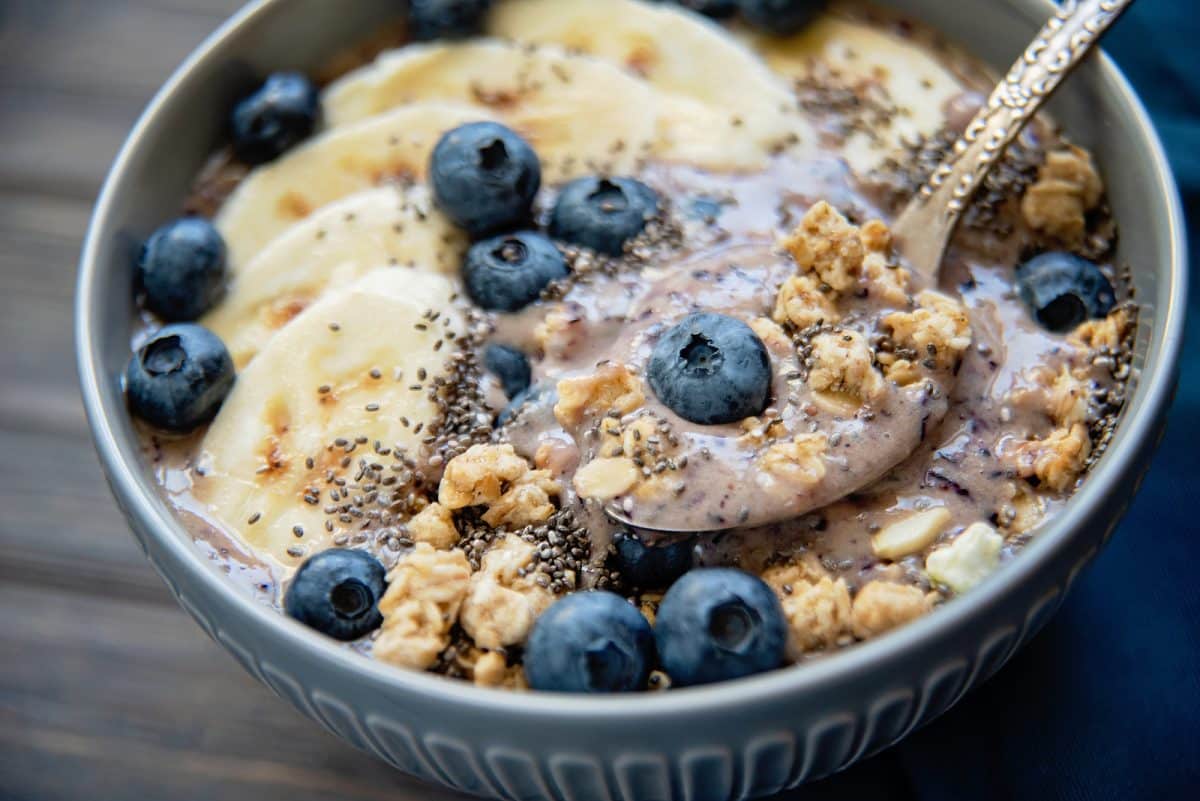
Whole Grains
Whole grains haven’t gone through the milling process, and, thus, the bran and germ haven’t been removed from them. If you don’t know much about whole grains, just know that they are considered to be at the top of the superfood pyramid. They are packed full of fiber, which helps keep your digestive tract healthy and in working shape. Whole grain expands in your stomach, making you feel sated as well, making it great diet food.
One way to launch your whole-grain diet: start eating your meals with whole-grain bread and crackers.
For those of you who like to eat rice, try eating more brown rice instead of white rice. Of course, one could not forget to mention some of the cheaper whole grain products available like Quinoa, Farrah, Couscous, and Bulgar. And even though these whole grains cost less than others, they still pack a whole lot of nutrition
Lastly, according to a report published by the Mayo Clinic, those who eat whole grain regularly have a lower chance of suffering from heart disease. So, while you’re keeping your figure looking good and keeping your brain fed, you’re also fighting heart disease.
Read more – Essential Tips to Keep Healthy While Attending College


